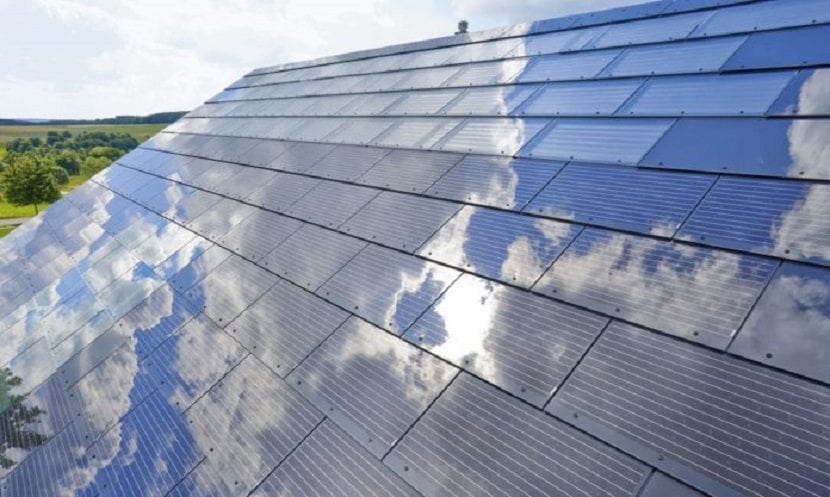
At first glance they are hardly distinguishable from conventional tiles. They can be a dark sheet, in imitation of homogeneous slate plates, but they are also disguised as Roman tiles, those with a curved mold topped with a flat flank that wear reddish tones. At first glance, it is not easy to know that these tiles are capable of producing solar energy.
Unlike bulky photovoltaic panels that are placed on rooftops, solar tiles are aesthetic. An aspect that, trivial as it may seem, can catapult them widely to rooftops of the houses in the next five years.
Last October the electric car manufacturer Tesla and its media leader Elon Musk presented their offer of solar roof tiles. They did it in a Hollywood setting, surrounded by single-family houses. When Musk said that the roofs of these houses contained solar technology, the astonishment fell among the audience. No one had suspected anything.
Juan Monjo, professor at the UPM explains that “The innovation that Tesla brings is that it puts a resistant outer glass, then it places an element of color but allows the passage of light and, below, the photovoltaic cell. You no longer see black but you have a color, which can be slate or tile ”.
The entry of a company like Tesla may fuel the market, but solar tiles have been in the making for a decade. However, demand seems to have seen a jump lately. American manufacturer SunTegra saw its sales of solar roof tiles rise by 300% in the last six months. “As solar energy becomes more popular, many people reject these bulky panels, which are difficult to integrate. good in the design of the house”Agrees Oliver Koehler, CEO of the company. And it is that the tiles have an efficiency only slightly lower than the panels, about 15%.
For SunTegra, the outlook is promising: it expects to double its growth in the coming years. Without offering forecasts, one of the most established manufacturers in this sector, the Swedish company SolTech Energy, confirms the good omens. "Integrated solutions, which are a solar solution and a roof or a wall, are the future," says Frederic Telander, CEO of SolTech Energy. “There is no doubt that this segment is going to grow a lot".
Energy saving
A standard 5 kW solar shingle system would cost between $ 16.000 and $ 20.000 already installed, according to SunTegra. This would cover an area of 37 square meters. “The production of energy depends on the place,” says Koehler “In California you get 1,5 or 1,7 kWh annually, per installed watt, while in New York it would be around 1,2 or 1,3 kWh ”.
If we take the example of 5 kW (5.000 watts) of power and multiply it by 1,5 kWh we have 7.500 kWh. This would be an approximation of energy savings per year in a sunny region. As reference, the OCU sets the average annual energy consumption of a Spanish household at 9.992 kWh, which is equivalent to an expense of about 990 euros.
Estimating emission reductions is even more risky. The United States Environmental Protection Agency offers a tool online which does its own calculation. The 7.500 kWh would stop releasing 5,3 metric tons of CO into the atmosphere2, the equivalent of traveling 20.300 kilometers with a car.
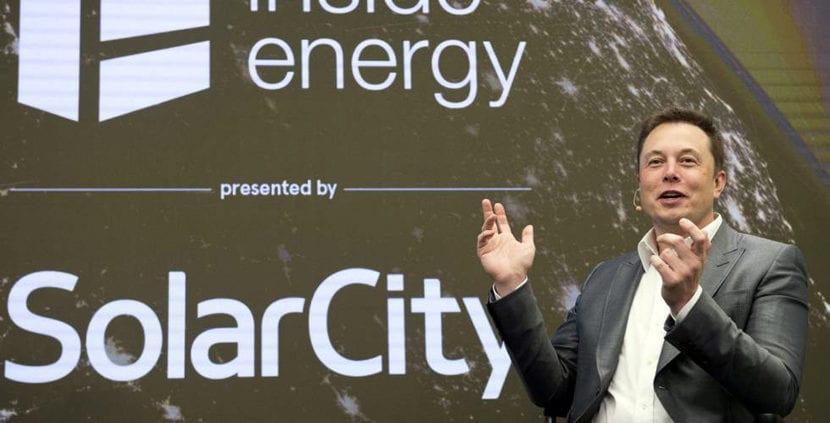
Intended for single-family homes
To get value from solar tiles you need a wide roof span. "In a single-family home you have a lot of deck area for a relatively small use: that of a single house”, Says Juan Monjo. It is the opposite of what happens in cities.
Hence, the manufacturers of these tiles rely on newly built single-family homes or renovating their roof. The key to success is being part of the construction industry. "Be a building element, and not just a solar cellIt opens up a much bigger market ”, emphasizes Frederic Telander.
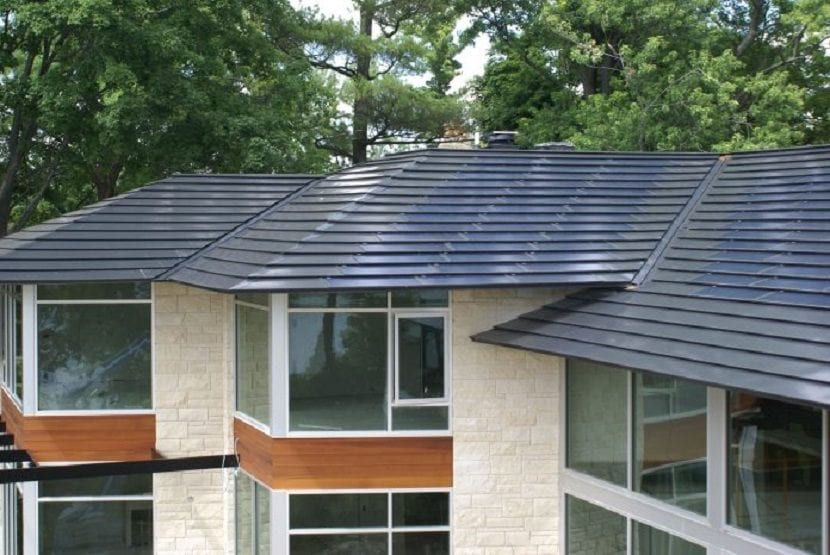
Among the factors that can dissuade the user from putting these tiles is the Spanish regulation. Here, the regulations governing the Self-consumption prevents the user from receiving compensation for pouring energy into the grid. The surplus in the hours of sunshine could be stored in a household battery, but these start at $ 4.000.
The price can also be discouraging. A solar tile would cost about five times more than a conventional one. Although, as Telander points out, the price per watt is close to that of traditional solar panels. So why not put shingles instead of bulky boards?
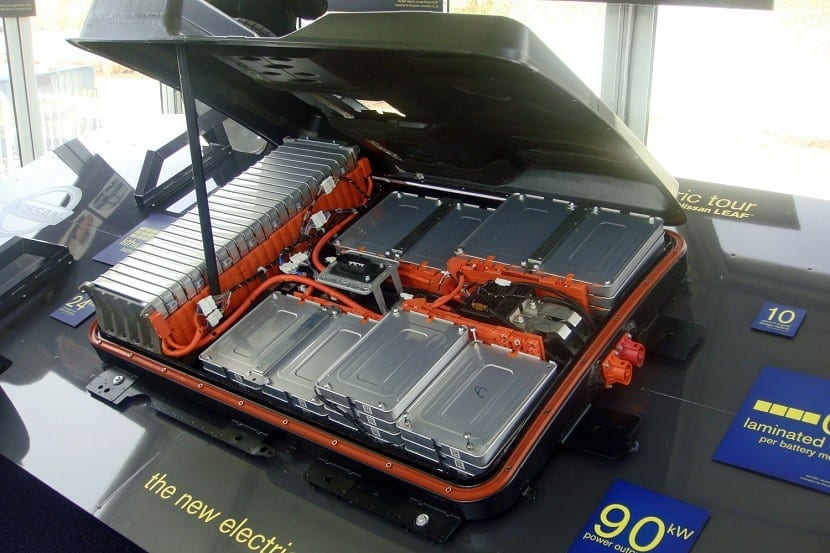
Monjo tempers optimism. "We are still in prehistory, not just the tiles, but of photovoltaic panels in general. I think all this is going to improve a lot ”. The question is how fast. Shaking off the label of prophet, the professor agrees that he will probably do so at a good pace.

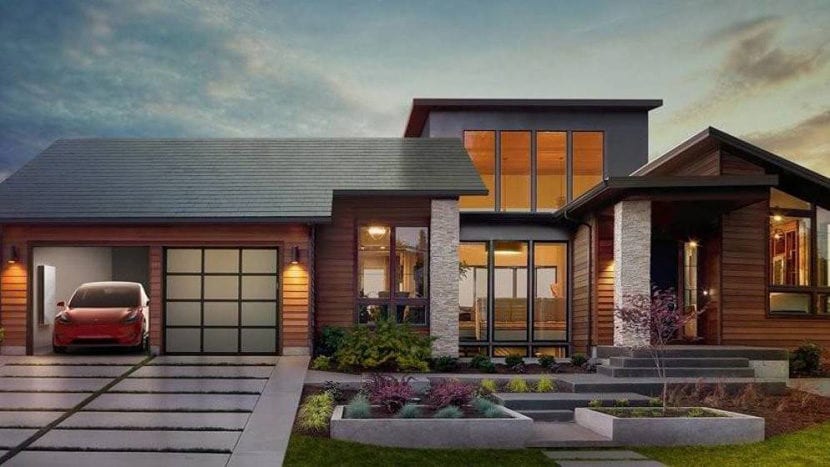
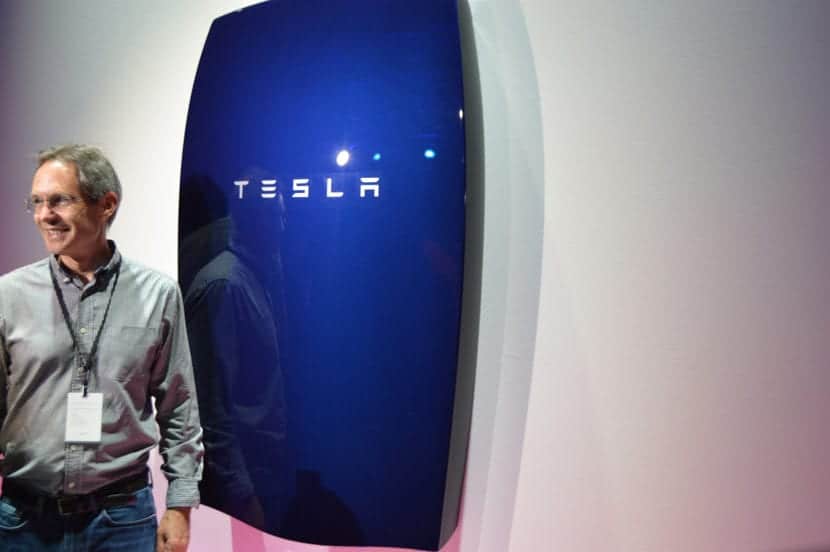
Instead of putting producing panels, producing tiles or producing flat surfaces, not two products but a product with two functions and that does not cost twice or at least one installation, something is something.